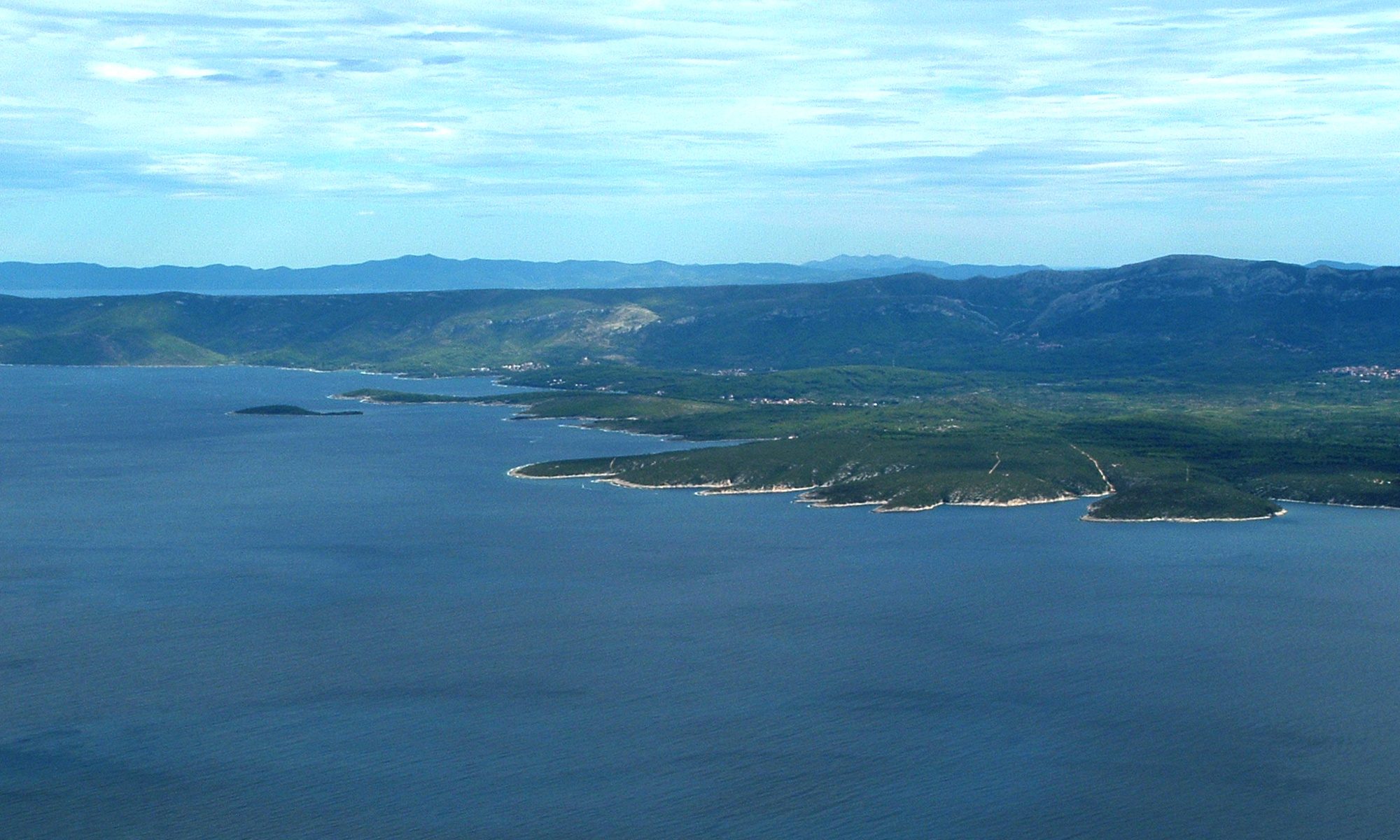Panta rhei: Movement change of Tschadinhorn rock glacier (Hohe Tauern Range, Austria) for the time period 1954-2017
Viktor Kaufmann1, Wolfgang Sulzer2, Gernot Seier2, Matthias Wecht2 | 1Institute of Geodesy, Graz University of Technology, 2Institute of Geography and Regional Science, University of Graz
Keywords: permafrost, rock glacier, flow velocity, surface height change, photogrammetry, UAV, environmental change
Rock glaciers are creep phenomena of mountain permafrost, responsible for extensive mass transport in alpine environments. They are composed of rock debris and ice and move downslope by force of gravity due to a combination of plastic deformation of the ice and internal sliding processes. Rock glaciers can be found in all high mountain ranges of the Earth. The movement of (active) rock glaciers is generally not constant over time but changes within different time scales, i.e. seasonally, annually or even over decades. This depends on various parameters, such as topography and geographical setting, internal structure and ice content, and environmental factors (air/surface temperature, precipitation). It is believed that long-term changes in flow velocity of rock glaciers can be attributed to climate change, i.e. atmospheric warming/cooling. The main goal of the work described in this paper is to reconstruct the surface movement (kinematics) of the Tschadinhorn rock glacier for the time period 1954 to 2017 on a multi-annual time scale. The results obtained are intended to provide a basis for the investigation of climate change and more in-depth morphological studies.
The Tschadinhorn rock glacier (12°51’47’’ E, 46°59’38’’ N) is located in the Schober Mountains, East Tyrol, Austria, and is also part of the Hohe Tauern National Park. The tongue-shaped, northwest facing permafrost body stretches between approx. 2835 m (upper limit of the root zone) and 2568.3 m (lower end of the tongue). The main part of the flow structure covers an area of approximately 5.35 hectares and is 640 m long and between 80 and 100 m wide. Characteristically, this rock glacier moves from a less inclined upper zone into a lower-lying valley-confined runout zone passing a steep sliding zone in between. Sequences of superficial furrows and ridges in the runout zone and recently developed tension cracks in the sliding zone indicate high activity of the rock glacier. Furthermore, distinct levees on both sides also provide evidence of surface height change and movement. The active flow structure appears to have overridden at least one older, most probably relict, rock glacier. In a previous pilot study we could actually verify high annual flow velocities in the meter range at Tschadinhorn rock glacier.
In the present study we used both metric aerial photographs (1954, 1969, 1974, 1981, 1992, 2002, 2006, 2009, 2012 and 2015) and non-metric aerial photographs (2016 and 2017) to obtain multi-temporal digital elevation models (DEMs) and orthophotos, all in high resolution. The non-metric image data was acquired from unmanned aerial vehicles (UAVs), a rotary-wing aircraft (hexacopter twinHEX v.3.0) in 2016 and a fixed-wing aircraft (QuestUAV) in 2017. The metric data was analysed using an Intergraph workstation, while the UAV data was processed using Agisoft PhotoScan applying Structure from Motion (SfM) techniques. All image data were carefully georeferenced to the Austrian Gauss-Krüger M31 coordinate system using appropriate control points. Additionally, a high-resolution DEM (1m resolution) based on airborne laser scanning was made available for the epoch 2009.
Subsequent change detection analysis of the multi-temporal data comprised (1) the computation of 2D displacement vectors by means of digital correlation (both image and DEM data) and (2) the computation of surface height change by subtracting corresponding DEMs. The precision/accuracy of the products obtained was carefully evaluated on the basis of stable reference areas and annual geodetic measurements (RTK-GNSS), which commenced in 2014.
Finally, the spatio-temporal change of the Tschadinhorn rock glacier was visualized using both thematic maps showing 2D displacement vectors, isotachs, and surface height change, and animated GIFs comprising time-lapse orthophotos and computer-shaded DEMs. In a further step we condensed this very detailed information into a more conclusive one by computing a representative mean value for the flow velocity and surface height change for each time period.
The main findings are: (A) The Tschadinhorn rock glacier was moving throughout the whole observation period of 63 years, albeit at different activity levels. A maximum mean annual flow velocity of 3.28 m/year was obtained for 2014-2015, whereas the lowest annual flow velocity of 0.16 m/year, which is 4.9 % of the maximum value, was observed for 1969-1974. The velocity graph obtained also reveals that the time span 1954-2009 is characterized by generally moderate activity (0.16 – 0.79 m/year) and that much higher flow velocities prevail from 2009. The present value for 2016-2017 is 1.92 m/year, which is 58.6 % of the maximum value. Since 1954 the front of the rock glacier has advanced 29.5 m along the talweg, which amounts to an average velocity of approx. 0.47 m/year. The photogrammetrically derived flow velocities for the most recent observation periods were verified by the corresponding geodetic measurements with an accuracy better than 5.1 % (2016-2017) for a single point measurement. (B) Mass balance analyses for the various time periods suggest a permafrost degradation (ice melt) in the millimeter to centimeter range. Representative values of mean annual surface height change (mass balance) are -3.9 mm/year for 1954-1974, -9.8 mm/year for 1974-1992 and -9.6 mm/year for 1992-2015. The calculated mass balance of 0.005 m/year suggests no significant change for the time period 2009-2015. The maximum values of local surface height change are -7.4 m in the sliding zone and 12.6 m in the frontal area. In general, the melting of the permafrost ice is rather difficult to quantify since probable ice melt due to atmospheric warming is rather low at Tschadinhorn rock glacier and the numerical values obtained are close to significance level.
The results obtained will be correlated with climatic parameters in a follow-on study. Furthermore, the authors suggest that kinematic data, such as the mean annual flow velocity and surface height change, should also be included in the attribute list of rock glacier inventories.
